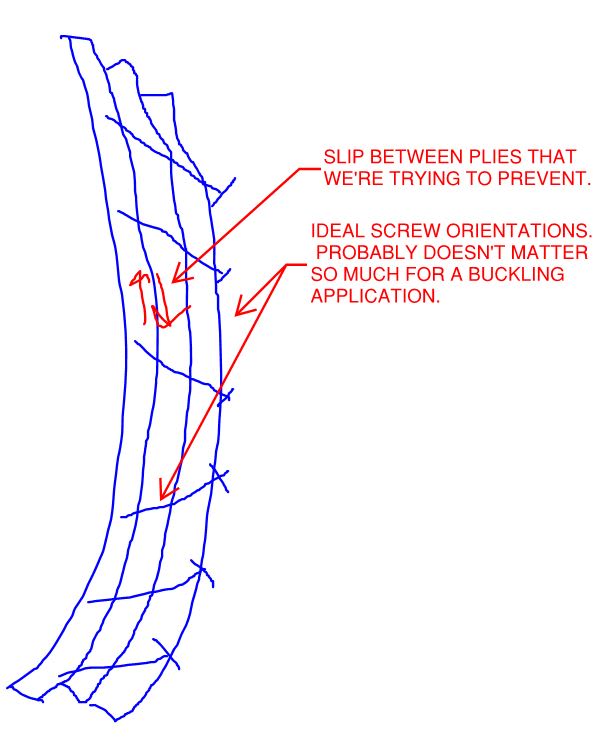pdev67
Civil/Environmental
- Sep 22, 2018
- 33
Hi There, just curious to know
In 18' tall wall 2x6, 2 king stud and one cripple stud as a built up column (3ply) fastened with sds screw staggered at 24"oc but screw get inclined as there was not enough space to drill, how much strength will reduce or should add one more screw in between to make spacing 12" oc
In 18' tall wall 2x6, 2 king stud and one cripple stud as a built up column (3ply) fastened with sds screw staggered at 24"oc but screw get inclined as there was not enough space to drill, how much strength will reduce or should add one more screw in between to make spacing 12" oc

